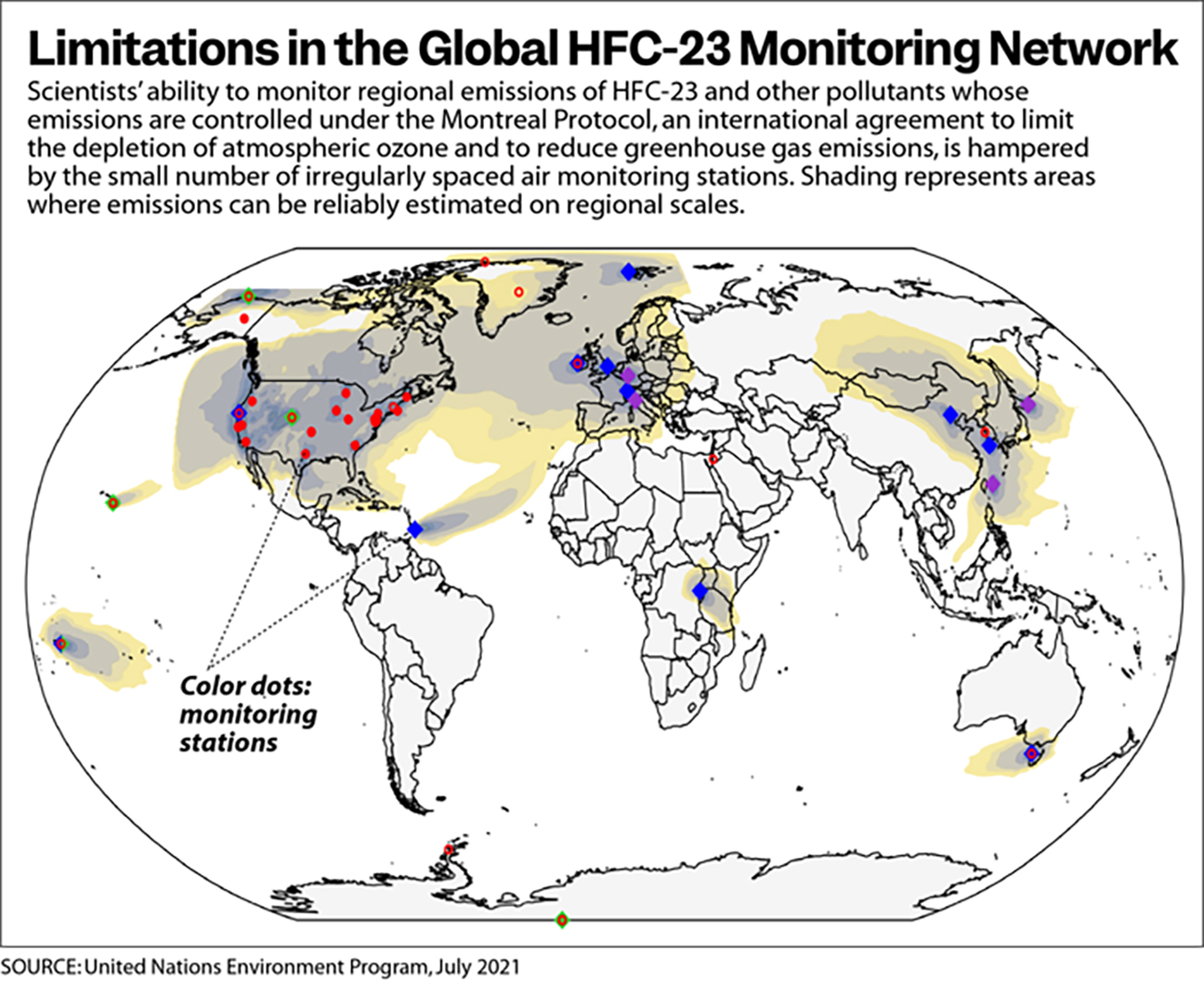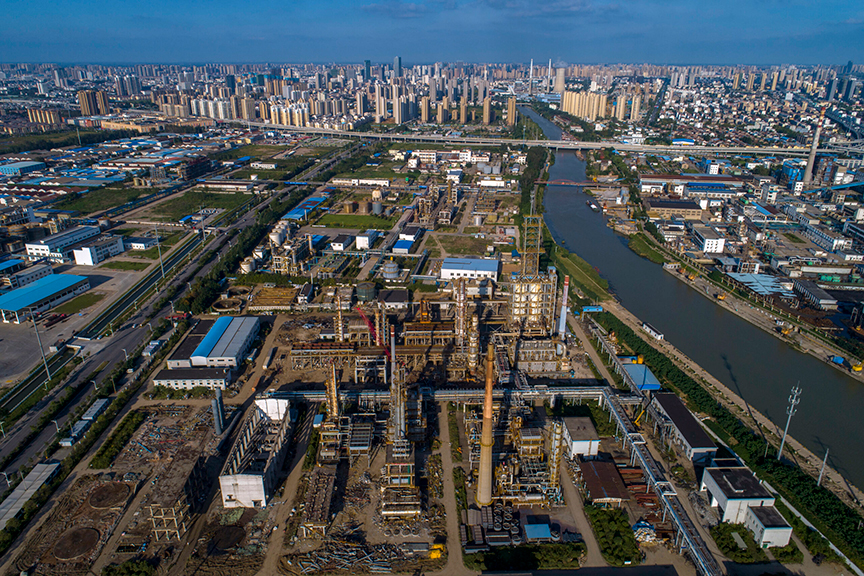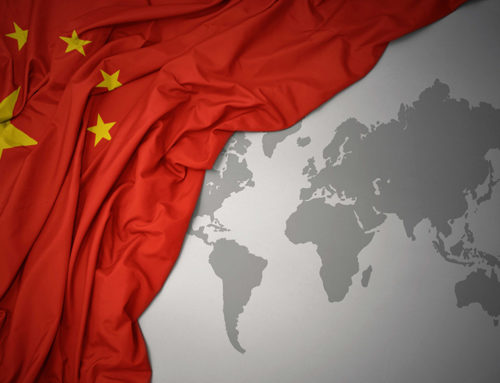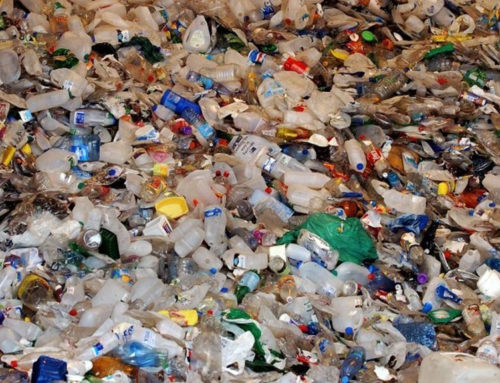In the dynamic landscape of China’s manufacturing industry, recent environmental concerns have emerged regarding the country’s compliance with the Kigali Amendment to the Montreal Protocol. This international agreement aims to mitigate emissions of potent greenhouse gases, specifically hydrofluorocarbon-23 (HFC-23). Despite China’s commitment to reducing emissions from its manufacturing processes, atmospheric monitoring data raises questions about the effectiveness of these efforts.
China, often hailed as a global manufacturing hub, has faced scrutiny for its environmental practices. In June 2021, the country ratified the Kigali Amendment, pledging to reduce HFC-23 emissions from manufacturing processes “to the extent practicable” by the end of 2021. However, preliminary data from the Gosan atmospheric monitoring station on South Korea’s Jeju Island suggests that elevated concentrations of HFC-23 persist in the region, highlighting potential challenges in aligning manufacturing practices with environmental commitments.

In September 2021, China’s Ministry of Ecology and Environment (MEE) issued a notice prohibiting chemical manufacturers from venting HFC-23 directly into the air. The notice mandated the use of destruction technology approved by the Montreal Protocol, emphasizing the need to destroy over 99 percent of HFC-23 emissions. Despite the availability of cost-effective technology, concerns linger about the compliance of all manufacturers in China’s expansive industrial landscape.
The prominence of China’s manufacturing sector adds complexity to enforcing environmental regulations. Durwood Zaelke, president of the Institute for Governance and Sustainable Development, asserts that the technology to curb HFC-23 emissions is readily available and cost-effective, leaving little room for a defense based on technological limitations or costs. The challenge lies in ensuring widespread adoption and compliance across the vast array of manufacturing facilities.
In November, MEE reaffirmed the ban on HFC-23 emissions and identified 21 chemical plants in China producing HCFC-22. However, Zheng Tan from Energy Foundation China notes that the central government has yet to establish a standard method for monitoring, reporting, and verifying HFC-23 emissions. The absence of such standards poses a challenge in effectively holding manufacturing companies accountable for their environmental impact.
As China continues to play a pivotal role in global manufacturing, the intersection of industrial practices and environmental responsibility becomes increasingly important. The ongoing concerns about HFC-23 emissions underscore the need for a harmonious balance between manufacturing ambitions and sustainable practices. The global community awaits further developments, emphasizing the importance of aligning manufacturing prowess with environmental stewardship to ensure a healthier and more sustainable future.






